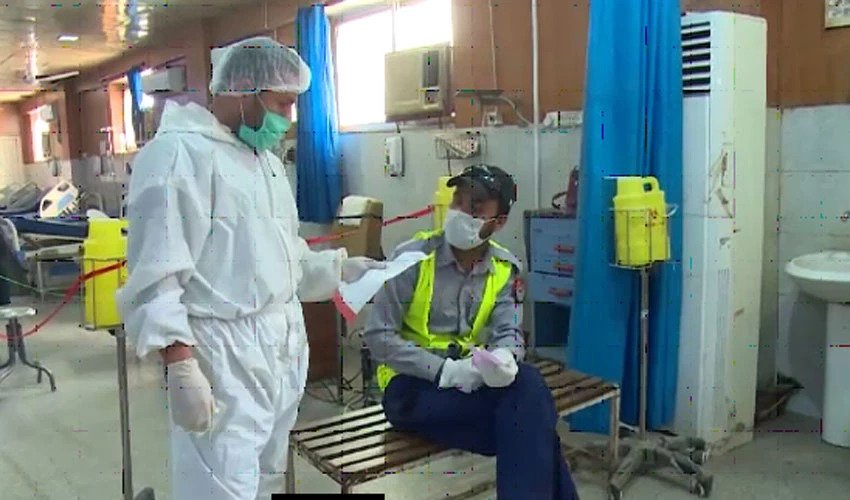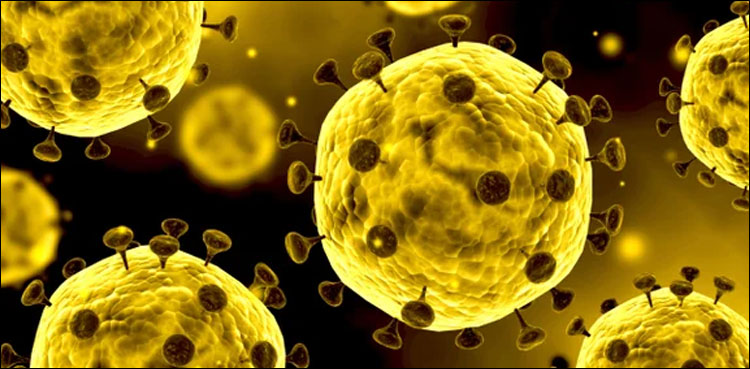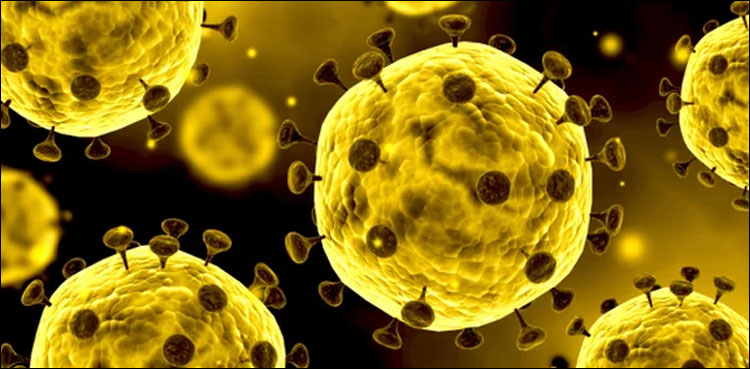More young adults survive heart attacks than severe COVID-19
Among COVID-19 patients treated at 419 U.S. hospitals from April through June, only about 5% were ages 18 to 34. But that group had “substantial rates of adverse outcomes,” according to a report on Wednesday in JAMA Internal Medicine.
Roughly one in five needed intensive care, one in 10 needed mechanical ventilation, and nearly 3% died. While the mortality rate is lower than in older adults, it is roughly double the death rate of young adults from heart attacks, the authors say.
Obesity, high blood pressure, and diabetes were tied to higher risk for adverse events. For young adults with more than one of these conditions, the risk of a bad outcome was similar to middle-aged adults without the risk factors.
More than half of hospitalized young adults were Black or Hispanic, “consistent with prior findings of disproportionate illness severity in these demographic groups,” the authors said. “Given the sharply rising rates of COVID-19 infection in young adults, these findings underscore the importance of infection prevention measures in this age group,” the concluded.
Antibiotic fails to help hospitalized COVID-19 patients
The antibiotic azithromycin did not appear to provide any benefit to hospitalized COVID-19 patients who were having trouble breathing, according to a study in Brazil. At 57 hospitals, 243 COVID-19 patients who needed oxygen or mechanical ventilation were randomly assigned to receive azithromycin, while 183 similar patients did not get the antibiotic.
All received other standard treatment, which in Brazil included hydroxychloroquine, a malaria drug that other studies have shown provides little or no benefit. While azithromycin did not appear to do any harm, after 15 days it was not associated with any patient improvement nor did it reduce their risk of death.
In an April survey of more than 6,000 physicians in 30 countries, azithromycin was the second most commonly prescribed treatment for COVID-19, the study investigators wrote in The Lancet medical journal. The absence of any benefit in this new study “suggests that the routine use of this strategy should be avoided,” they said.
Risk of catching COVID-19 while hospitalized can be low
Among nearly 8,500 patients admitted to a large Boston hospital between early March and the end of May, only two became sick with coronavirus infections that may have been acquired while they were hospitalized, doctors report.
One likely was infected by a spouse who initially appeared well during daily visits but who developed symptoms while the patient was still hospitalized. That was before visitor restrictions and universal masking rules had been implemented. The other patient developed symptoms four days after leaving the hospital. The source of the infection is not known.
According to a paper published on Wednesday in JAMA Network Open, infection control efforts at the hospital included dedicated COVID-19 units with airborne infection isolation rooms, personal protective equipment for staff and monitoring to make sure those were used correctly, universal masking, visitor restriction, and liberal COVID-19 testing of symptomatic and asymptomatic patients.
These “robust and rigorous infection control practices may be associated with minimized risk” of COVID-19 spreading through hospitals, the authors conclude. Their findings, if replicated at other U.S. hospitals, “should provide reassurance to patients,” they said.
Longer-term COVID-19 lung damage can improve over time
COVID-19 lung damage persists long term but tends to improve, researchers reported on Monday at the European Respiratory Society International Virtual Congress. Researchers studied 86 hospitalized COVID-19 patients, 48% of whom had a smoking history and 21% of whom required intensive care. At 6 weeks after discharge, 47% of patients still reported feeling short of breath.
By 12 weeks, that dropped to 39%. CT scans still showed lung damage in 88% of patients at six weeks, dropping to 56% at 12 weeks. “Overall, this study shows that COVID-19 survivors have persisting pulmonary impairment weeks after recovery. Yet, overtime, a moderate improvement is detectable,” lead researcher Dr. Sabina Sahanic, from University Clinic of Internal Medicine in Innsbruck, Austria, said during a press briefing.
A related study featured at the meeting stressed the importance of early pulmonary rehabilitation after COVID-19 patients come off a ventilator. This should include balance and walking, muscle strengthening, respiratory exercises and endurance training.
“The sooner rehabilitation started and the longer it lasted, the faster and better was the improvement in patients’ walking and breathing capacities and muscle gain,” coauthor Yara Al Chikhanie, from Grenoble Alps University in France, said in a statement.





